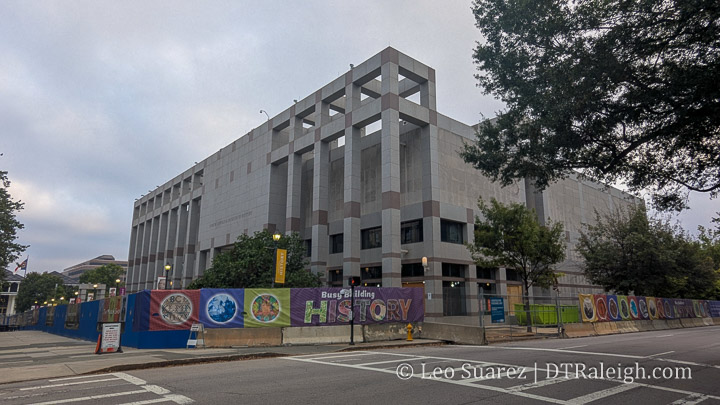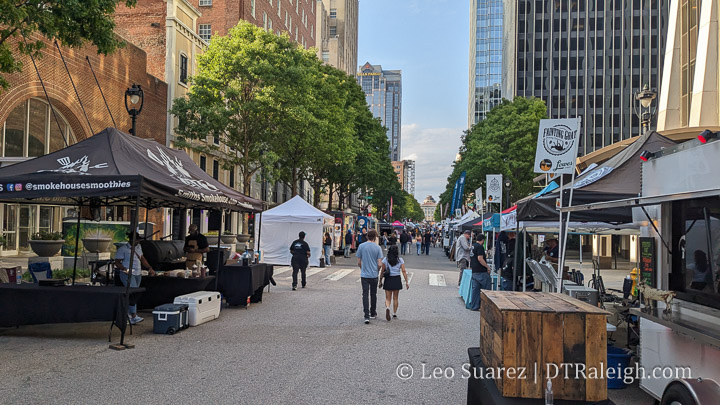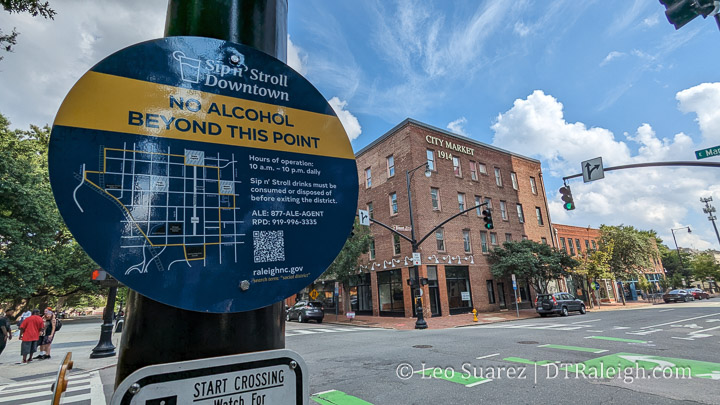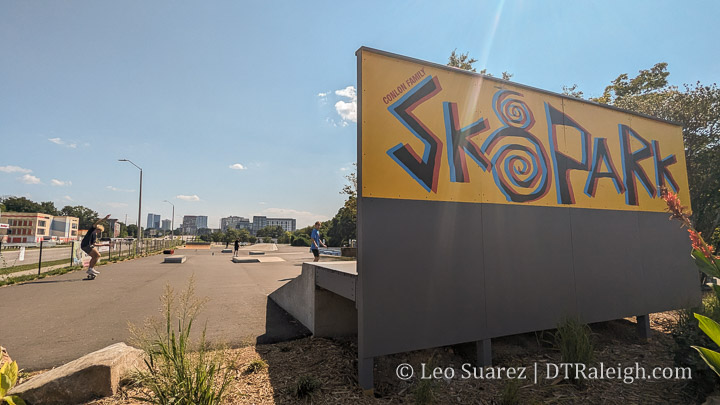
The North Carolina History Museum is all fenced up and renovations are underway for what will be a pretty major facelift to the inside and exterior of the building. The state is pumping around $180 million into the project and outdoor plaza and will really look modern when it’s done. Just take a look at this rendering to see the new museum.
Continue reading →


